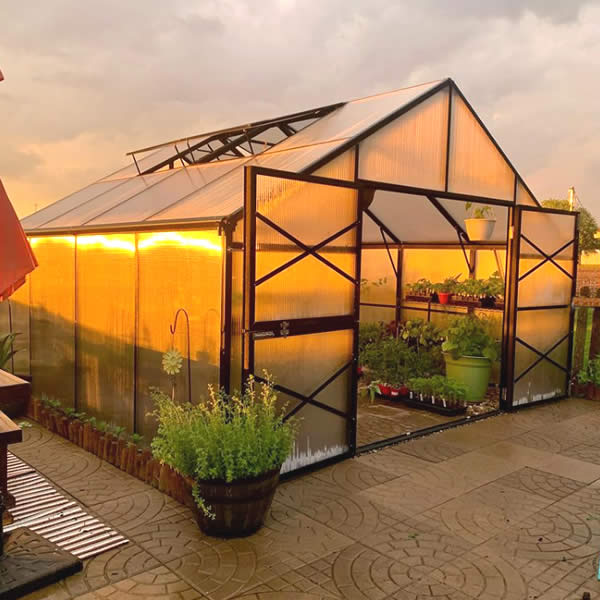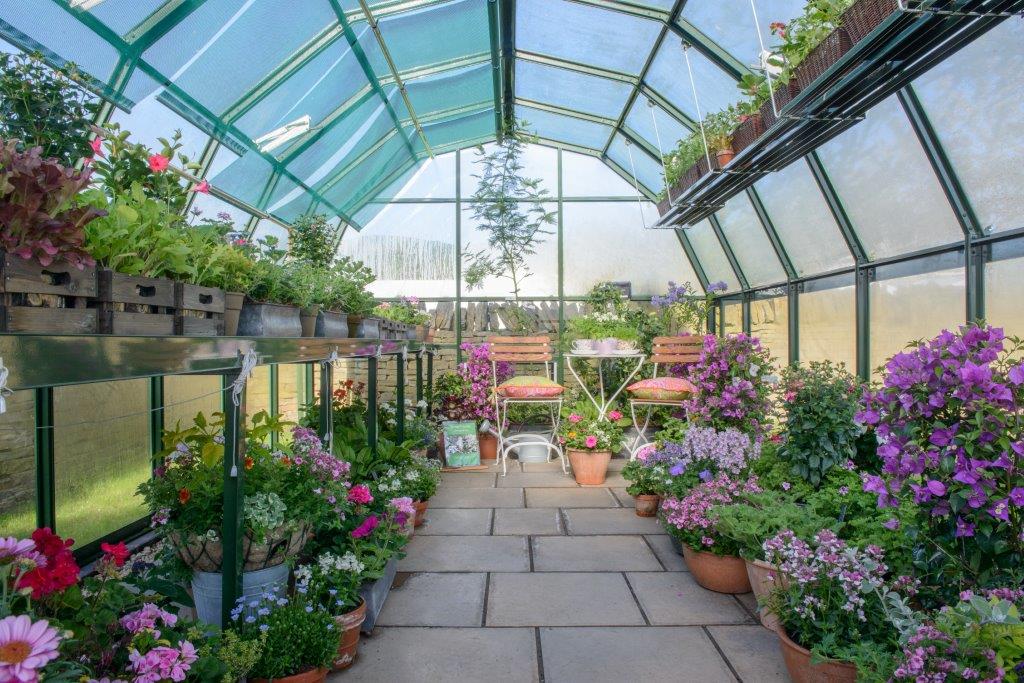The Future of Greenhouses: Advancements in Lasting Farming
Are you curious concerning the future of greenhouses and how they are changing sustainable farming? Look no more! In this short article, we will certainly explore the exciting advancements that are leading the means for a greener and a lot more reliable farming sector. From sophisticated environment control systems to upright farming methods, water-efficient watering approaches, renewable energy assimilation, and wise data analytics, these innovations are changing the means we grow our food. Prepare yourself to find the future of sustainable agriculture in greenhouses!
Advanced Climate Control Systems
To achieve ideal expanding conditions, you can rely upon the improvements in greenhouses with sophisticated climate control systems. These systems have revolutionized the means we cultivate plants, offering a regulated atmosphere that contributes to plant growth. With these innovative systems, you can now manipulate temperature level, humidity, light levels, and even CO2 concentrations to create the perfect problems for your plants to thrive.
One of the essential attributes of these sophisticated environment control systems is their capacity to manage temperature level. By utilizing sensing units and automated controls, the greenhouse can adjust the temperature level based on the particular demands of the plants. This makes certain that they are never ever revealed to severe warmth or cool, which can be detrimental to their development.
Humidity control is another critical element of these systems. By maintaining the ideal humidity degrees, you can protect against problems such as mold, mold, and disease from affecting your plants. These systems can additionally manage the quantity of light that gets to the plants, guaranteeing that they get the optimum amount for photosynthesis.
Furthermore, progressed climate control systems can also manipulate CO2 concentrations. By increasing the degrees of CO2 in the greenhouse, you can improve plant growth and performance. This is particularly beneficial in locations with low all-natural carbon dioxide degrees.
Vertical Farming Techniques
One vital vertical farming strategy is utilizing piled growing systems. Monarch Farm Greenhouse Utah. These systems involve preparing plants in several layers, up and down stacked on top of each other. By using vertical room, farmers can maximize their plant return without calling for additional land. Piled growing systems are generally made use of in urban areas where area is restricted.
One preferred method is referred to as vertical hydroponics, where plants are expanded in nutrient-rich water without dirt. This technique is highly effective as it lowers water usage by as much as 90% compared to traditional farming methods. Furthermore, because the plants are expanded inside, they are protected from pests and conditions, minimizing the demand for pesticides.
One more strategy is aeroponics, which entails putting on hold the plant roots in a haze or air setting. This approach permits ideal nutrient absorption and oxygenation, causing faster development and higher yields. Aeroponics also utilizes much less water than standard farming and can be applied in vertical systems, making it a preferred choice for vertical farming.
Water-efficient Watering Approaches
Maximizing water preservation is essential when it pertains to carrying out water-efficient irrigation methods in lasting farming. With international water deficiency ending up being a pushing concern, it is critical to establish innovative methods that maximize water usage in greenhouse operations.
One encouraging technique is drip watering, which supplies water directly to the plant roots, lessening waste and evaporation. By making use of a network of tubes with tiny emitters, water is applied gradually and specifically, making sure that plants get the required moisture without excess overflow.
Another effective method is using dirt moisture sensing units. These devices gauge the moisture content in the dirt and provide real-time data to farmers. By keeping an eye on the soil's wetness levels, farmers can check here properly identify when and just how much water to use, preventing over-irrigation.
Additionally, the execution of rainwater harvesting systems is acquiring popularity in greenhouse farming. Gathering rain from roofs and storing it in tanks allows farmers to utilize this natural deposit for irrigation functions, minimizing dependence on typical water sources.
Lastly, the fostering of automated irrigation systems can substantially enhance water performance. These systems utilize sensing units to find soil moisture degrees and weather problems, readjusting watering timetables as necessary. By enhancing water usage based upon real plant requirements, these systems can decrease water waste and promote lasting farming techniques.
Renewable Resource Integration
Now, let's explore how you can integrate renewable resource right into your greenhouse procedures for an extra sustainable future. Sustainable energy integration in greenhouses provides several benefits, consisting of lowered operating prices and reduced reliance on non-renewable power sources. One method to incorporate eco-friendly energy is with the installment of solar panels. These panels are put on the roof or bordering locations of the greenhouse to capture sunshine and transform it into power. The created power can after that be made use of to run various operations within the greenhouse, such as heating, air flow, and illumination systems. Furthermore, excess power can be kept in batteries for usage during non-sunlight hours. One more approach of sustainable energy combination is the use of wind turbines. These wind turbines harness wind power and convert it into electrical energy, which can be made use of to supplement the power demands of the greenhouse. Incorporating renewable energy sources not only reduces greenhouse gas emissions yet likewise promotes sustainability and resilience in your agricultural operations. By accepting renewable power, you can add to a greener future while ensuring the long-lasting feasibility of your greenhouse organization.
Smart Data Analytics and Automation
To boost the effectiveness of your greenhouse operations and maximize resource application, take into consideration executing smart data analytics and automation. Smart data analytics entails collecting and assessing data from numerous sensors and devices within your greenhouse. By checking elements such as temperature level, humidity, light degrees, and dirt wetness, you can obtain important understandings into the health and wellness and development of your plants. This data can aid you make informed choices concerning adjusting ecological conditions, enhancing watering schedules, and preventing potential concerns before they occur.
Automation, on the other hand, entails using innovation to automate tasks that were formerly done by hand. This can include automating the control of see this lighting, ventilation, irrigation systems, and nutrient distribution. By automating these procedures, you can guarantee that your plants obtain the right conditions and nutrients at the best time, without the requirement for continuous manual treatment. This not just conserves you effort and time yet additionally reduces the danger of human error.
Additionally, wise data analytics and automation can collaborate synergistically. The data accumulated by sensing units can be utilized to educate computerized systems, enabling them to make real-time modifications based on the current problems. This assimilation of information analytics dig this and automation can cause a lot more accurate and efficient resource appropriation, eventually leading to higher returns and far better plant high quality.
Conclusion
In conclusion, the future of greenhouses in sustainable farming looks appealing. With advanced climate control systems, upright farming techniques, water-efficient watering approaches, and eco-friendly energy assimilation, greenhouses are becoming a lot more efficient and ecologically pleasant.

By maximizing water usage based on real plant needs, these systems can decrease water waste and promote lasting farming methods.
